VIX CURVE STILL HESITANT AS STOCKS APPROACH SEPTEMBER HIGHS
Mirroring the S&P 500, US Equity Smart Index capped off a strong quarter in March, while a hesitant VIX curve continued to be a drag on Alpha Seeker. As we have often repeated, our basic strategy is to use the VIX futures curve as a portfolio exposure guide. Having studied it since its inception 15 years ago, we believe the VIX curve to be the single best indicator of market risk aversion available. From beating the market in the record low volatility in 2017 to profiting in the worst December since the Great Depression, we’ve successfully used this process to produce non-correlated return through many different market environments over the past seven and a half years.
Like any investment process, using the VIX curve in this way is not perfectly consistent over every time frame. As we’ve seen more than once since 2011, the VIX futures curve (and hence, our portfolios) can be slow to normalize during sharp “V” bounces in equities like we’ve seen this quarter. Of course, the VIX curve may simply be reflecting the fact that healthy markets typically don’t plummet and rally nearly 20% in the space of 6 months while the economic backdrop deteriorates. Abandoning our process to chase an unhealthy market has never been in our playbook, and we don’t intend to start now. In time, we expect this to pay dividends just as it has in similar circumstances over the past seven and a half years.
ALPHA SEEKER AND THE VOLATILITY CYCLE
Another common theme in our work is describing the behavior of volatility as a closed “loop” which constantly repeats. This makes the VIX unlike most other financial prices that can move freely between zero and infinity, entirely unanchored to any particular level.
Past performance is not indicative of future results
Since its underlying market (the VIX) behaves fundamentally different than other exposures in a portfolio, an investment in Alpha Seeker should also be evaluated differently. As an example, going against common sense from experience with other markets, Alpha Seeker forward returns have historically been 3x higher than normal after periods of negative trailing returns (see chart at right). This is the cyclicality of volatility at work in a very practical sense.
For a specific example, this quarter has parallels to the first four months of 2014 which saw a sharp “V” in the S&P 500 and similar Alpha Seeker results, both absolute and relative the S&P. Investors who stuck with the process during that period then went on to enjoy the best winning streak in the strategy’s history to that point, outpacing the S&P while gaining an average of 2% in 12 of the next 15 months through July 2015. A few months later, the S&P give back nearly all of the year’s gains while Alpha Seeker finished the year +15.3% and just 1.7% off its all-time high. History will never repeat exactly, but this is precisely the type of return profile that makes for durable portfolios over the long run.







